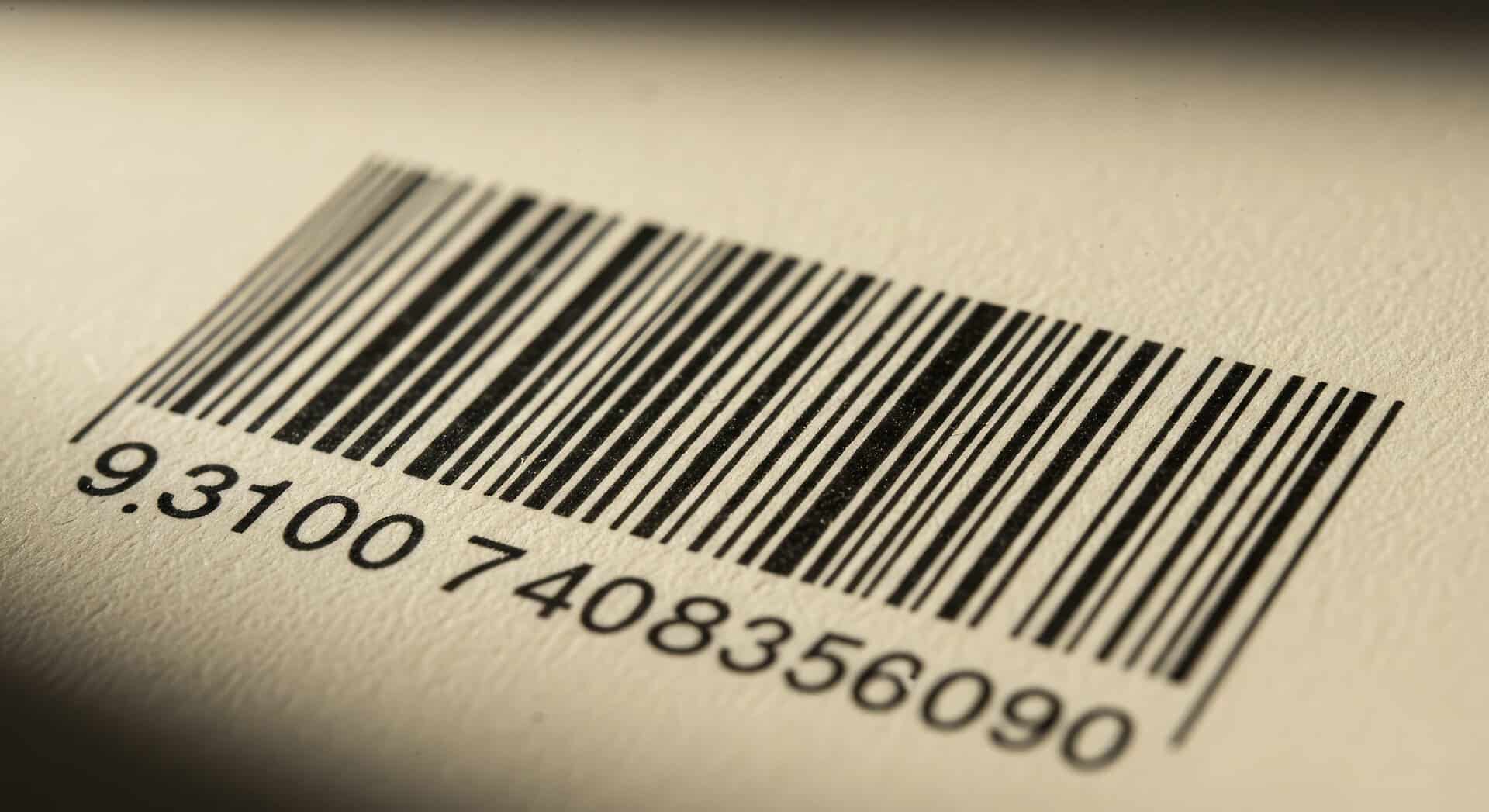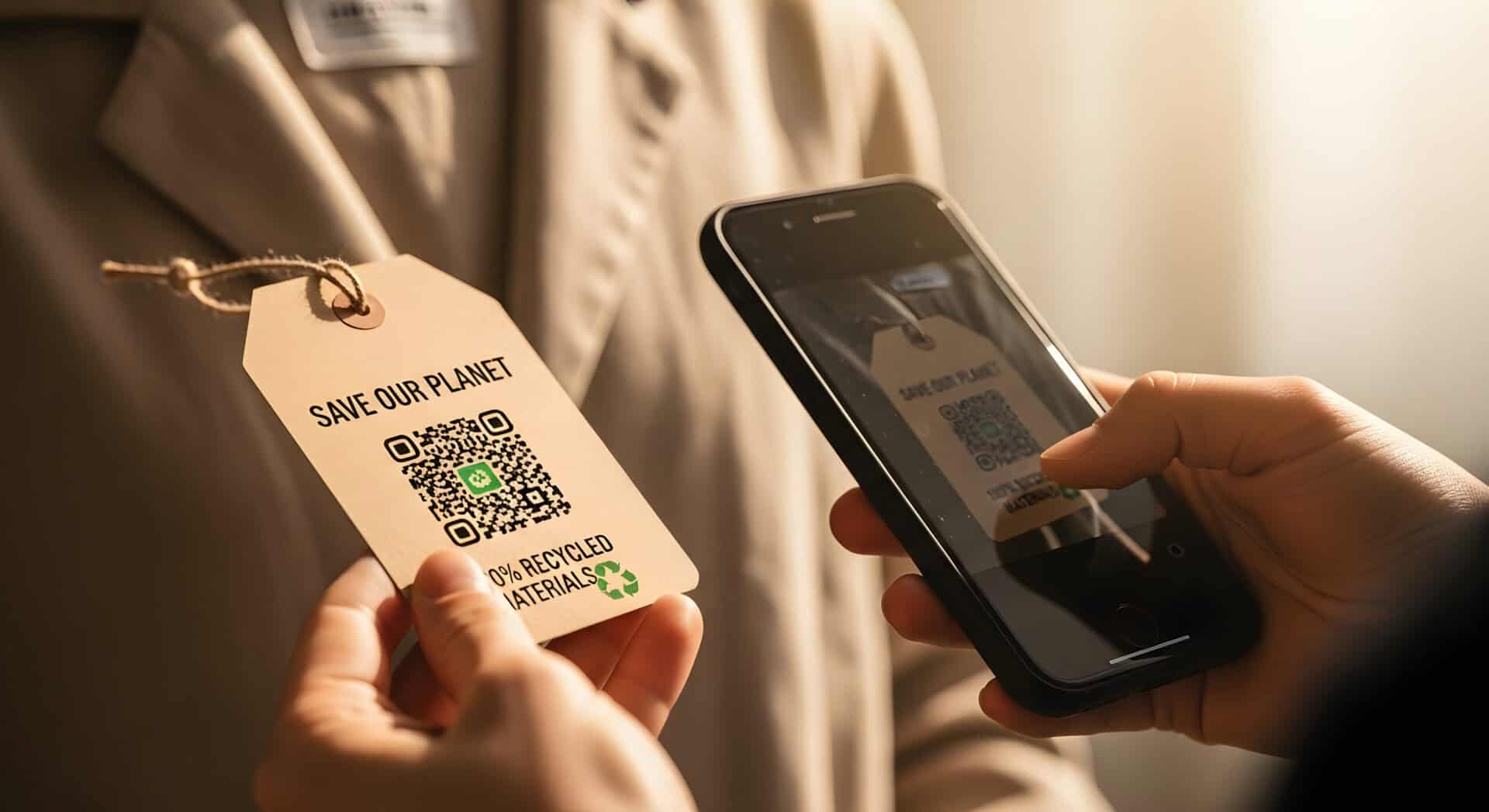Table of Contents
Inventory and asset tracking is an essential part of any business. But how do you know which tracking solution is the right fit for your unique needs? If you’re deciding between RFID vs. NFC tracking, sorting out the benefits can be confusing. It’s important to understand the key differences of RFID vs. NFC, to help you determine which solution is best for your business.
RFID (radio frequency identification) is a form of contactless communication technology. It uses RFID tags, which contain information about each asset being tracked. These tags can be active (having their own power source), or passive (no power source). An RFID tag reader scans the tags to access the information. RFID technology has been around since the 1980s, and has been continuously improved, based on technological advancements. RFID is the industry standard for tracking and managing assets.
NFC (near field communication) is a newer form of RFID technology, invented in the early 2000s. It is also contactless, and also uses tags which store information about assets. NFC tags can be read with a smartphone, although the user must be within a short distance (around four inches) from the asset. NFC technology is commonly used for contactless credit card or debit card payment and file transfer. RFID vs NFC comparison is not completely equal, as NFC is a developing technology, and its capabilities are still being explored.
Learn more about RFID: |
Pros and Cons: What is the Difference Between NFC and RFID?
Each technology has its benefits and specific best use cases.
RFID Tag vs. NFC Tag: Quick Scanning of Multiple Assets
Tracking can become frustrating and complicated due to the sheer volume of assets. RFID is more efficient for asset management, as it allows users to scan multiple tags at once. Using RFID or NFC tags enables high-volume users, like warehouses and baggage handling, to quickly evaluate multiple assets without having to move and scan each asset individually. In this case, with RFID vs. NFC tags, RFID is ideal if you’re tracking many different assets, saving time and hassle.
RFID vs. NFC Range: Scanning Assets at Great Distances
It takes time to locate and physically access each asset in warehouses or shipping areas. The key difference in RFID vs. NFC range is that NFC tags must be scanned at very close range in order to retrieve information. RFID tags, on the other hand, can be scanned from up to 650 feet away. Active tags have a greater range than passive tags. Both types of RFID tags, however, enable the user to read asset information from a much farther distance than NFC tags. This feature makes it easier for high-volume users to track their assets in large spaces.
NFC vs. RFID tags: Scanning Assets Without Line of Sight
In a storage space with many different assets that are constantly being moved, it’s easy to lose track of an asset and have to search to find the one you need. RFID technology allows users to access information from assets without a direct line of sight. NFC vs. RFID tags differ in this way, since NFC tags must be read within four inches of the user. RFID technology makes it easy to scan tags even if they’re stored on a high shelf or packed away out of sight. The RFID vs. NFC difference with tags is that with RFID, you don’t need to be anywhere near the asset to access its relevant information.
RFID vs. NFC Security: Securely Track Assets
Security is one of the top priorities for asset tracking. Assets are vulnerable in a physical sense, from damage, loss and theft. Yet assets are also at risk from hackers trying to steal important data. Without comprehensive cybersecurity in place, hackers can collect valuable information, damaging your reputation and your clients’ trust. You need data to be easily accessible to your business, yet safe from outside parties. Many industries, such as healthcare, also have to follow strict compliance guidelines to safeguard their data. An experienced and knowledgeable tracking solutions company can help ensure that your business always maintains compliance.
In recent years, there has been a discussion surrounding NFC vs. RFID vs Bluetooth tracking technology. Bluetooth may be used for assets that move around extensively, such as vehicles. Bluetooth is susceptible to security threats, however, making it less than ideal for industries with vulnerable data. What is the difference between RFID and NFC when it comes to security? NFC versus RFID technologies do not have a huge difference in terms of security. Both are highly secure, and both are being constantly updated to combat new threats. The level of protection, however, varies depending on the tracking solution you choose. Make sure you’re using a company with a trusted reputation and up-to-date security solutions.
NFC vs. RFID Cost: Make the Most of Your Budget
The overall cost depends on how you’re using the technology. There is very little difference in price between an NFC tag vs RFID tag. Both types can cost less than $0.10. Active RFID tags are more expensive because they have their own built-in power source. NFC systems become more expensive when they’re used for purposes such as communicating with smartphone applications or credit card readers. When asking how much does RFID cost, it’s important to evaluate what purposes you’re using it for, and have an expert help you determine which solution fits your needs.
Choose a Convenient All-in-One Tracking Solution
Using multiple companies for your asset management needs increases cost and complication. Eliminate the risk of losing track of your assets by taking advantage of an all-in-one solution. Lowry Solutions has been a trusted provider of tracking systems for 47 years, and a leader in RFID technology for 20 years. We manage every aspect of our clients’ tracking, from cybersecurity to technical support to tracking hardware.
Lowry Solutions has industry-leading cybersecurity to prevent hacking, so even clients in highly regulated industries know their valuable data is safe with our tracking solutions. We are also SOC 2 certified, GS1 compliant and AIAG compliant.
We consolidate all asset tracking into a single solution, to make the most of your budget and keep things simple and accountable. We provide rugged devices, tracking hardware and consumable supplies, and completely maintain your tracking solution. Our team of technical engineers provide remote support and on-site maintenance whenever you need it.
Unlike many tracking solutions, Lowry’s RFID Solutions offers an advanced Real Time Location Tracking system, giving you immediate access to all your assets and reducing loss and theft. We provide clients with our cutting-edge proprietary tracking software to ensure comprehensive visibility. Our tracking solution integrates with Microsoft, Oracle WMS, SAP, Honeywell, Zebra and Impinj for ease of use and convenience.
Still unsure? Our experts will help you completely understand NFC vs. RFID, and find the best solution for your business. Contact us today to learn how to boost efficiency and reduce tracking mishaps with our complete asset tracking solution.
Featured Photo Credit: Tiger Lily


